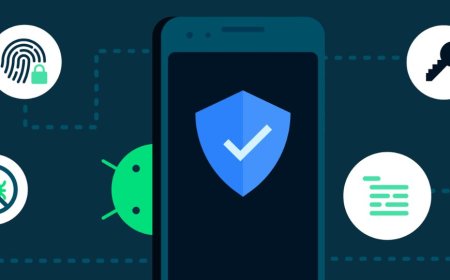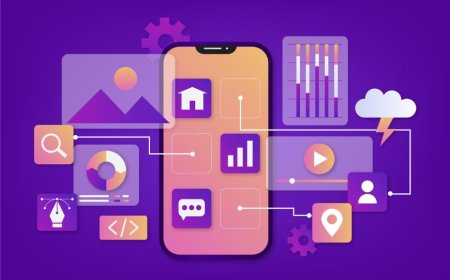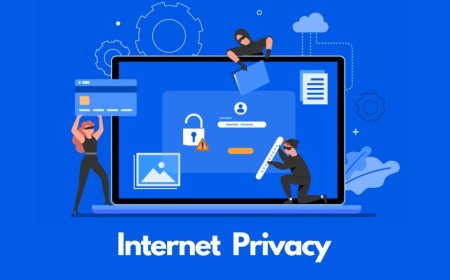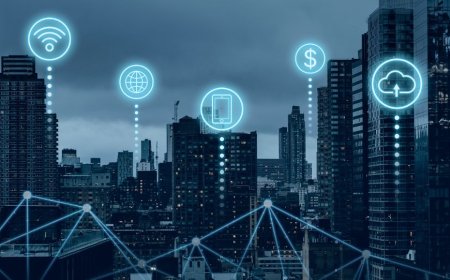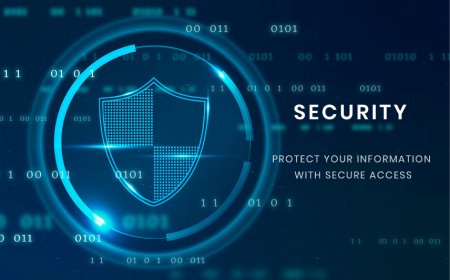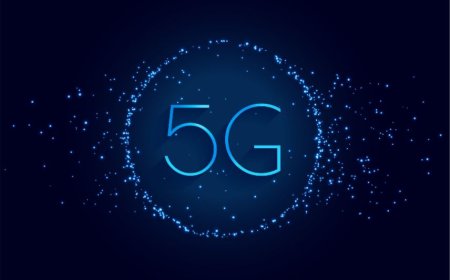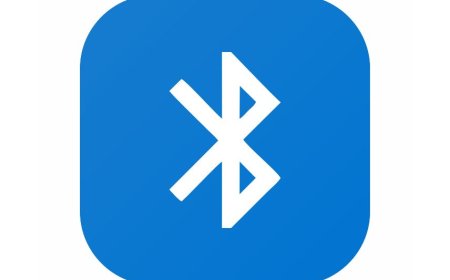The Ultimate Guide to 2023's Top Tech
Discover the Best New Tech of 2023 with Tectoks: Your Ultimate Guide to the Latest and Greatest in Technology.
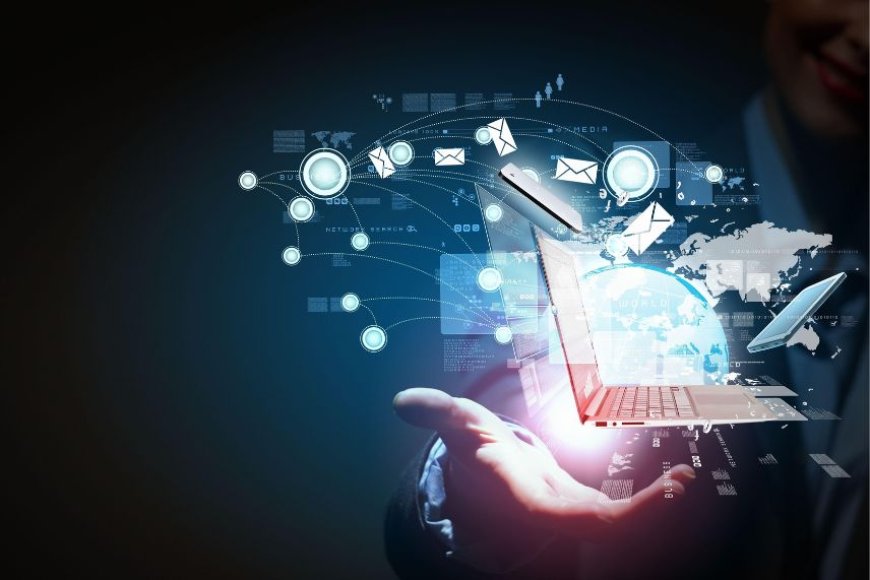
Table of Contents:
-
Introduction
-
2023 Technology Trends
-
Cutting-Edge Software Solutions
-
Emerging Tech Solutions
-
Latest Advancements in Technology
-
Tech Industry Updates
-
Upcoming Tech Trends
-
Conclusion
Introduction
Technology is changing rapidly and constantly, affecting every aspect of our lives. Technology offers many opportunities and advantages, but it also poses many risks and challenges. Technology is not neutral or deterministic but is shaped by human choices, values, and interests. Technology is not a single or static phenomenon but a complex and dynamic system that interacts and evolves with other systems. Technology is not only a source of information and knowledge but also a tool for learning and innovation.
Setting the Stage: Understanding the Evolution of Tech in 2023
- The impact of the COVID-19 pandemic on the adoption and innovation of technology, especially in the areas of health, education, work, and entertainment
- The rise of artificial intelligence (AI) and its applications in various domains, such as business, medicine, entertainment, and social media,
- The emergence of the Metaverse, a virtual environment where people can interact, create, and explore in immersive ways, and its implications for the future of the internet, gaming, and society
- The development of Web3, a decentralized and distributed web that aims to give users more control, privacy, and ownership over their data and online activities, and its potential to transform the economy, governance, and culture
- The advancement of biotechnology and nanotechnology, their ability to manipulate and enhance life at the molecular and cellular level, and their ethical and social implications
- The progress of quantum computing, its potential to solve complex and intractable problems, and its challenges and limitations
- The innovation of green technology, its role in addressing environmental and climate crises, and its opportunities and trade-offs
The Significance of Staying Updated in the Fast-Paced Tech Industry
-
Technology is changing rapidly and constantly, affecting every aspect of our lives, from how we communicate, learn, work, play, and socialize to how we think, feel, and behave.
-
Technology offers many opportunities and advantages, such as improving efficiency, productivity, creativity, convenience, and quality of life, but it also poses many risks and challenges, such as disrupting industries, creating inequalities, threatening privacy, security, and democracy, and raising ethical and moral dilemmas.
-
Technology is not neutral or deterministic but rather shaped by human choices, values, and interests, and therefore, it is important to be aware of the social, cultural, and political contexts and implications of technology and to participate in the decision-making and governance processes that affect its development and use.
-
Technology is not a single or static phenomenon but rather a complex and dynamic system that interacts and evolves with other systems, such as the economy, the environment, and society; therefore, it is important to understand the interconnections and interdependencies among different technologies and their impacts and consequences.
-
Technology is not only a source of information and knowledge but also a tool for learning and innovation, and therefore, it is important to develop the skills and competencies that are required to use, create, and adapt technology effectively and responsibly, such as critical thinking, problem-solving, creativity, collaboration, and digital literacy.
2023 Technology Trends
-
Exploring the Key Technological Trends: Redefining 2023
AI and Machine Learning Innovations: Shaping Industries
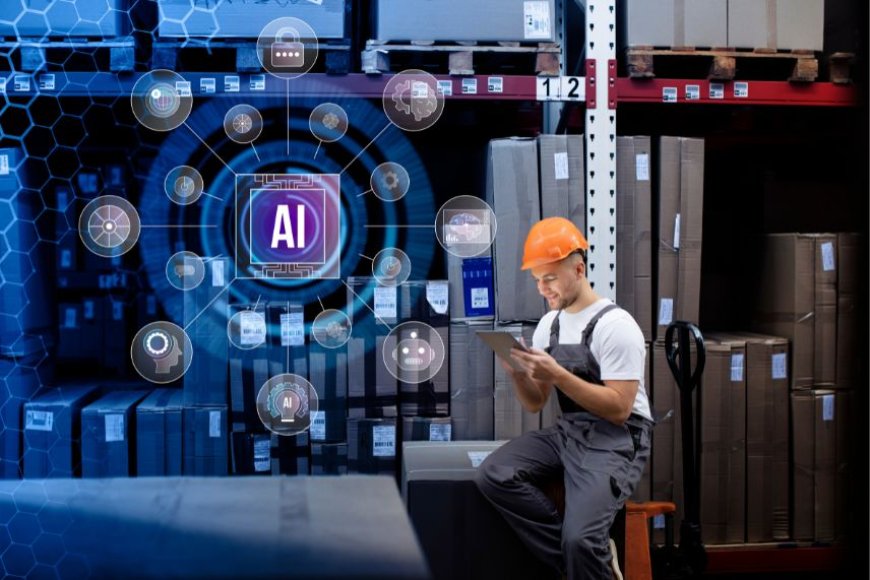
-
This topic discusses how artificial intelligence (AI) and machine learning (ML) will become more pervasive, accessible, and impactful in various industries, such as retail, healthcare, entertainment, and social media. It would also explore how AI and ML will enable new products, services, and business models, as well as improve efficiency, productivity, creativity, and customer satisfaction. Some of the examples mentioned in this topic are:
- No-code AI, which allows anyone to use drag-and-drop interfaces to create and deploy AI solutions without coding,
- Contactless, autonomous shopping, and delivery, which use AI to enable seamless and convenient transactions and logistics,
- AI observability, which uses AI to analyze and optimize the performance, reliability, and security of AI systems,
- AI trust, risk, and security management (AI TRISM), which ensures the governance, fairness, robustness, and privacy of AI systems,
The Emergence of Edge Computing: Transforming Data Handling
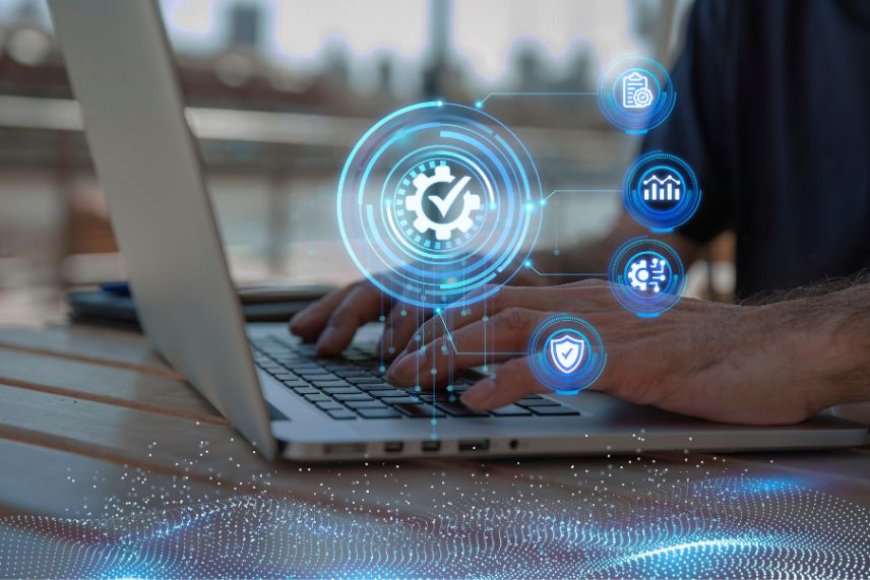
- This topic discusses how edge computing, which refers to the processing of data closer to the source or the user rather than on centralized servers or clouds, will revolutionize data processing and enable faster, cheaper, and more secure data-driven applications. It would also explore how edge computing will support the growth of the Internet of Things (IoT), 5G, and AI, as well as enable new use cases such as smart cities, autonomous vehicles, and augmented reality. Some of the examples mentioned in this topic are:
- Edge AI, which uses edge computing to run AI models on devices such as smartphones, cameras, and sensors rather than in the cloud,
- Edge cloud computing uses edge computing to extend the capabilities of the cloud to the edge of the network, such as in microdata centers or edge servers.
- Edge security uses edge computing to protect data and devices from cyberattacks, such as encryption, authentication, and anomaly detection.
IoT Integration: Transforming Connectivity Across Sector
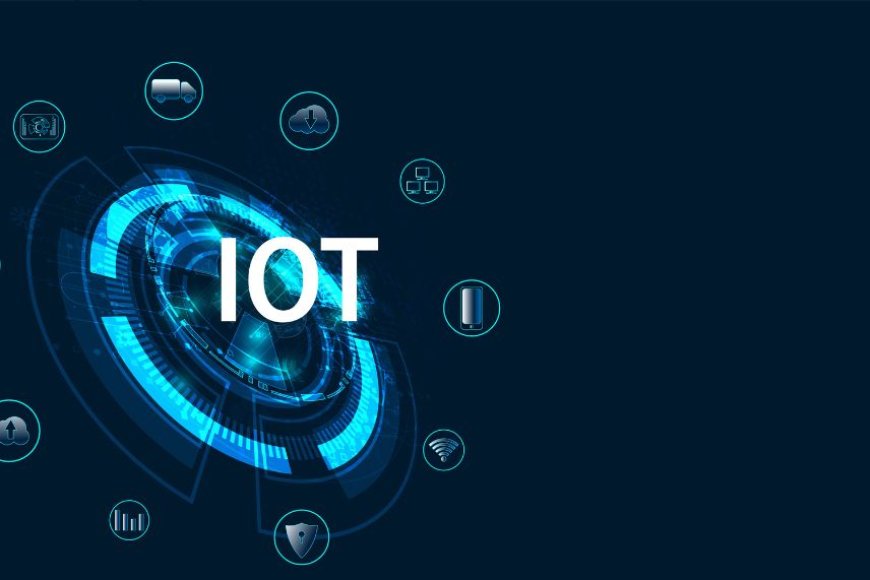
-
This topic discusses how the Internet of Things (IoT), which refers to the network of physical objects that are connected to the Internet and can collect and exchange data, will transform connectivity across sectors such as manufacturing, agriculture, energy, and healthcare. It would also explore how IoT will enable new levels of automation, efficiency, and innovation, as well as improve safety, quality, and sustainability. Some of the examples mentioned in this topic are:
- Industrial IoT, which uses IoT to connect and optimize industrial processes such as production, maintenance, and logistics,
- Smart agriculture uses IoT to monitor and control various aspects of farming, such as soil, crops, livestock, and irrigation.
- The smart grid, which uses IoT to manage and balance the supply and demand of electricity as well as integrate renewable energy sources,
- Smart healthcare uses IoT to improve the delivery and outcomes of healthcare, such as remote monitoring, diagnosis, and treatment.
-
Blockchain Beyond Cryptocurrency: Diverse Applications

- This topic discusses how blockchain, which refers to the distributed ledger technology that enables secure and transparent transactions without intermediaries, will go beyond cryptocurrency and enable diverse applications in various domains, such as finance, supply chain, government, and social media. It would also explore how blockchain will enable new forms of value exchange, collaboration, and governance, as well as improve trust, efficiency, and security. Some of the examples mentioned in this topic are:
- Decentralized finance (DeFi) uses blockchain to create and access financial services, such as lending, borrowing, trading, and investing, without intermediaries.
- Decentralized identity (DID) uses blockchain to create and manage digital identities that are self-sovereign, verifiable, and portable.
- Decentralized Web (Web3), which uses blockchain to create and access web applications and services that are distributed, peer-to-peer, and censorship-resistant,
- Decentralized social media uses blockchain to create and access social media platforms that are user-owned, privacy-preserving, and content-empowering.
-
Quantum Computing: Unraveling Unprecedented Possibilities

- This topic discusses how quantum computing, which refers to the computing paradigm that uses quantum mechanical phenomena, such as superposition and entanglement, to perform operations on quantum bits (qubits), will unravel unprecedented possibilities in various fields, such as cryptography, optimization, simulation, and machine learning. It would also explore how quantum computing will enable new levels of speed, power, and complexity, as well as challenge the current limits of computation, security, and knowledge. Some of the examples mentioned in this topic are:
- Quantum cryptography uses quantum computing to create and break encryption schemes such as quantum key distribution (QKD) and quantum-resistant cryptography (QRC).
- Quantum optimization uses quantum computing to solve complex and intractable problems such as the traveling salesman problem (TSP) and the knapsack problem (KP).
- Quantum simulation, which uses quantum computing to model and mimic quantum systems such as molecules, materials, and particles,
- Quantum machine learning, which uses quantum computing to enhance and accelerate machine learning algorithms such as classification, clustering, and regression,
Cutting-Edge Software Solutions
-
Unveiling the Latest Software Innovations Driving Change
Emerging Tech Solutions is a broad term that refers to the new and innovative technologies that are transforming various domains of human activity, such as industry, health, energy, and urban living.
- Robotics and Automation: This is the field of engineering that deals with the design, construction, operation, and application of robots and automated systems. Robotics and automation can improve productivity, efficiency, safety, and quality in various industries, such as manufacturing, agriculture, mining, and logistics. Some examples of robotics and automation technologies are industrial robots, autonomous vehicles, drones, and robotic process automation (RPA).
-
Biotechnology Breakthroughs: This is the field of science that applies biological principles and techniques to create or modify products, processes, or organisms. Biotechnology breakthroughs can enhance health and well-being, as well as address environmental and social challenges. Some examples of biotechnology breakthroughs are gene editing, synthetic biology, biopharmaceuticals, and biofuels.
-
Clean Energy Innovations: This is the field of research and development that aims to produce and use energy from renewable and low-carbon sources, such as solar, wind, hydro, geothermal, and nuclear. Clean energy innovations can reduce greenhouse gas emissions, mitigate climate change, and diversify the energy supply. Some examples of clean energy innovations are green hydrogen, smart grids, energy storage, and carbon capture and utilization (CCU).
-
Smart Cities Initiatives: This is the field of urban planning and management that leverages information and communication technologies (ICT) to enhance the quality and efficiency of city services and infrastructure, such as transportation, water, waste, energy, and security. Smart city initiatives can improve the livability, sustainability, and resilience of urban areas, as well as foster social and economic development. Some examples of smart city initiatives are intelligent traffic management, smart lighting, smart waste management, and smart governance.
Latest Advancements in Technology
-
Showcasing the Latest Breakthroughs Across Various Domains
Latest Advancements in Technology is a term that refers to the recent and remarkable developments in various fields of science and engineering that have the potential to improve the quality of life, address world issues, and generate fresh opportunities.
-
Advancements in Medicine and Healthcare: This domain covers innovations that aim to enhance the prevention, diagnosis, treatment, and management of diseases and health conditions. Some examples of advancements in medicine and healthcare are on-demand drug manufacturing, breath-sensing diagnostics, digital therapeutics, and organ-on-a-chip devices.
-
Sustainable Technology in Environmental Conservation: This domain covers innovations that aim to reduce the environmental impact of human activities, protect natural resources, and mitigate climate change. Some examples of sustainable technology in environmental conservation are green ammonia, engineered crops that make their fertilizer, carbon capture and utilization, and biodegradable plastics
-
Advancements in Transportation and Mobility: This domain covers innovations that aim to improve the efficiency, safety, accessibility, and sustainability of transportation and mobility systems. Some examples of advancements in transportation and mobility are electric and autonomous vehicles, hyperloop, flying taxis, and wireless charging of low-powered devices.
-
Innovations in Communication and Connectivity: This domain covers innovations that aim to enhance the speed, quality, reliability, and security of communication and connectivity networks. Some examples of innovations in communication and connectivity are 5G and beyond, quantum internet, brain-computer interfaces, and holographic displays.
Tech Industry Updates
-
Insights and Analysis on the Current State of the Tech Industry
Tech Industry Updates is a term that refers to the latest news, developments, and trends in the technology sector, which encompasses various domains such as information technology, the internet, software, hardware, telecommunications, biotechnology, and more. Here is a brief explanation of each of the subtopics:
-
Market Dynamics and Competitive Landscape: This subtopic covers the factors that influence the demand, supply, pricing, and profitability of technology products and services, as well as the strategies and actions of the key players in the industry. Some examples of market dynamics and the competitive landscape are the growth of cloud computing and artificial intelligence, the rivalry between Apple and Samsung, the consolidation of semiconductor companies, and the emergence of new entrants and disruptors.
-
Regulatory Changes Impacting the Tech Sector: This subtopic covers the laws, rules, and policies that affect the operations, innovation, and competition of technology companies, as well as the rights and interests of consumers, stakeholders, and society. Some examples of regulatory changes impacting the tech sector are the antitrust investigations and lawsuits against Big Tech, the data protection and privacy regulations such as GDPR and CCPA, the cybersecurity and encryption standards, and taxation and trade policies.
-
Investment Trends and Funding in Tech Startups: This subtopic covers the sources, patterns, and outcomes of the financial support and capital allocation for technology ventures, especially the new and emerging ones. Some examples of investment trends and funding in tech startups are the rise of venture capital and private equity funds, the popularity of crowdfunding and ICOs, the valuation and performance of tech IPOs and SPACs, and the impact of the COVID-19 pandemic on the funding landscape.
-
Future Predictions and Industry Speculations: This subtopic covers the forecasts, projections, and expectations of the technology industry, based on current and potential developments, innovations, and challenges. Some examples of future predictions and industry speculations are the adoption and impact of 5G and beyond, the evolution and convergence of blockchain and AI, the opportunities and risks of quantum computing and biotechnology, and the ethical and social implications of technology.
Upcoming Tech Trends
-
Anticipating the Future: Projections and Expected Developments
Upcoming Tech Trends is a term that refers to the future-oriented technologies that are expected to have a significant impact on various aspects of human society, such as business, culture, health, and finance.
-
AI and Personalization: This subtopic covers the innovations that aim to enhance customer experiences by using artificial intelligence to tailor products, services, and content to the individual preferences, needs, and behaviors of each user. Some examples of AI and personalization are recommender systems, chatbots, voice assistants, and adaptive learning platforms.
-
Metaverse and Its Potential Impacts: This subtopic covers the concept of a persistent, shared, and immersive virtual environment that connects the physical and digital worlds, and allows users to interact with each other and create and consume content. Some examples of the metaverse and its potential impacts are virtual reality, augmented reality, social media, gaming, and e-commerce.
-
Biohacking and Healthtech: This subtopic covers the innovations that aim to improve the health and well-being of humans by using technology to manipulate and enhance the biological systems and processes of the body and mind. Some examples of biohacking and health technology are wearable devices, implantable chips, gene editing, brain-computer interfaces, and digital therapeutics.
-
Decentralized Finance (DeFi) and its Evolution: This subtopic covers the innovations that aim to transform the financial sector by using blockchain technology to create and operate decentralized, transparent, and accessible financial services and products without intermediaries or central authorities. Some examples of decentralized finance and its evolution are cryptocurrencies, smart contracts, lending platforms, exchanges, and insurance.
Conclusion
-
Reflecting on the Momentum: How Tech Continues to Redefine Our World This subtopic covers the analysis of how current and emerging technologies are transforming various aspects of human society, such as business, culture, health, and finance. It also highlights the opportunities and challenges of these technologies and the impact they have on the environment, ethics, and security. Some examples of technologies that are redefining our world are artificial intelligence, cloud computing, 5G, the metaverse, biotechnology, and decentralized finance.
-
Embracing Change: Strategies for Adapting to the Fast-Paced Tech Landscape This subtopic covers suggestions and best practices for coping with the rapid and continuous change in the technology sector and for leveraging the potential of new technologies to gain a competitive advantage. It also emphasizes the importance of innovation, learning, collaboration, and agility in the tech landscape. Some examples of strategies for adapting to the fast-paced tech landscape are fostering a culture of experimentation, investing in digital skills and capabilities, building ecosystems and partnerships, and adopting agile and flexible operating models.
What's Your Reaction?







